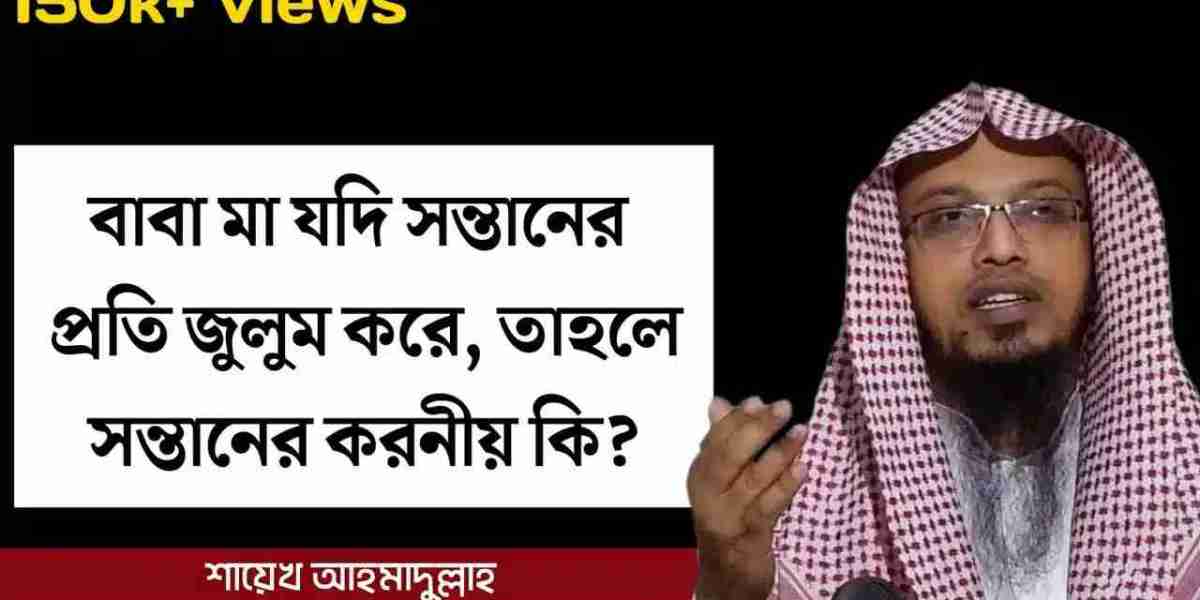On October 7, the Palestinian resistance movement Hamas launched a surprise attack by infiltrating the Israeli border. Since then, Israel has been carrying out brutal attacks on Gaza for the past 1 year. Which has now spread to Lebanon as well. In retaliation, Israel is carrying out operations against the heroes behind the October 7 attack.
Advertisement
In these operations, Israel removed from the world the head of Hamas, Ismail Haniyeh, and the head of Hezbollah, Hassan Nasrullah. Not only that, Israel also killed the descendants of these two groups.
The new head of Hamas, Yahya Sinwar, was killed in the latest Israeli operation. On the other hand, Israel has also demanded to kill Hashem Safyeddin, the possible head of Hezbollah. Let's take a look at the number of top Hamas and Hezbollah leaders killed in the last year.
Saleh al-Arori (Hamas)
At the beginning of this year, the deputy head of Hamas, Saleh al-Arori, was killed in an Israeli drone strike in Beirut, the capital of Lebanon. He was the deputy head of the political bureau of Hamas. Al-Arori, who was born in Ramallah in the West Bank in 1966, spent 15 years in an Israeli prison.
Al-Arori had been living in exile in Lebanon for a long time. He was a key figure in the Qassam Brigades, the military wing of Hamas, and a close associate of Hamas leader Ismail Haniya. This Hamas leader used to work as a link between Hamas and Hezbollah in Lebanon. When the Gaza war broke out, he emerged as a spokesman for Hamas.
Taleb Sami Abdullah (Hezbollah)
Another top commander, Taleb Abdullah, was killed in an Israeli strike in June. Abdullah was Hezbollah's highest-ranking military officer among the commanders killed since Lebanon's conflict with Israel began in June.
In the wake of his death, the Jerusalem Post claimed that, over the past 20 years, Abdullah had led rocket attacks on Kiryat Shmona, the Galilee Panhandle and the Golan Heights. Taleb was a 'great source of knowledge on terrorist attacks' to the Israeli Defense Forces.
Al Nasser (Hezbollah)
In early July, Israel killed Hezbollah's third-ranking official, Muhammad Nimah Nasser. Who is also known as Hajj Abu Nameh. Hezbollah did not provide details on where Nasser died. Israeli forces said Nasser was the commander of Hezbollah's Aziz unit. They claim that this unit is responsible for launching attacks on Israeli territory from southwest Lebanon.
Fuad Shukr (Hezbollah)
The Israeli Defense Forces (IDF) killed Fuad Shukhar, the top commander of Hezbollah, in an airstrike in Lebanon in late July. Israel blamed Fuad for the deadly attack on the Israeli-occupied Golan Heights. Twelve Israeli children and teenagers between the ages of 10 and 20 were killed in the attack. However, Hezbollah denied any involvement in the Golan Heights attack.
The US imposed a ban on pork in 2015. At the same time, in 1983, it was accused of bombing a US Marine barracks in Beirut. 241 US military personnel died in that attack. The United States announced a reward of 50 million dollars to hand him over. This Hezbollah commander has been serving as the head of the armed group's operations center.
Mohammed Deif (Hamas)
On August 1, Israel claimed the death of Mohammed Deif, the head of the military wing of the Palestinian independence organization Hamas. According to the country's army, Deif was killed in an airstrike in the Khan Yunis area of the Gaza Strip on July 13. The death of Mohammad Deif, the head of the military wing of the organization, came a day after reports of the death of Ismail Haniyeh, head of the political wing of Hamas, in an attack in the Iranian capital, Tehran.
He was named Mohammed Diab Ibrahim al-Masri at birth, BBC reports. But because of his constant nomadic lifestyle to avoid Israeli airstrikes, he later became known as 'Deif', which means 'guest' in Arabic.
There are numerous tunnels to establish Hamas control in Gaza. Deif worked in the development of this network. Apart from this, he has played a role in the bomb making project of Hamas. However, Deif did not usually come out in public.
Ismail Haniya (Hamas)
Ismail Haniyeh, the political head of Hamas, went to Tehran to attend the swearing-in ceremony of Iran's new president, Massoud Pezeshkian. Israel killed Hania and one of her bodyguards in Tehran on July 31 in a secret attack on an elite guest house in Tehran.
Hasan Nasrullah
Hassan Nasrullah became the head of Hezbollah in 1992 at the age of 32. He was killed in an Israeli attack on September 27 in Beirut. On that night, Israel carried out airstrikes on various parts of Lebanon, including the capital Beirut, on Friday night. The next day, the Israeli military said, "Hasan Nasrullah can no longer manage terrorism in the world."
Hashem Safieddin
In the first week of October, Israeli forces launched a massive airstrike in the southern suburbs of Beirut, targeting potential Hezbollah chief Hashem Safyeddin. A Lebanese security source confirmed that Safieddin has not been contacted since.
On October 9, Israeli Prime Minister Benjamin Netanyahu said, without naming Hezbollah's potential successors, "We have weakened Hezbollah's capabilities." We have eliminated Nasrullah and thousands of terrorists, including Nasrullah's substitute and alternative leaders.'
Meanwhile, even after almost 10 days, Hizbollah has not commented on the condition of Safieddin.
Yahya Sinwar
Israel's last major success in its campaign against Hamas and Hezbollah was the assassination of Yahya Sinwar. Sinwar could not continue his duties as the new head of Hamas for five months. He was killed in Rafah in southern Gaza in an Israeli operation on Wednesday.
At the beginning of the Gaza war, the Shin Bet formed a special unit to find Yahya Sinwar's hideout.
The unit has been working non-stop for the past one year but has not been able to trace him. Tel Aviv threatened to capture Sinwar dead or alive when it launched the war in Gaza. Finally, Israel's 'most wanted' Hamas leader was caught and killed by Israeli forces.



















































